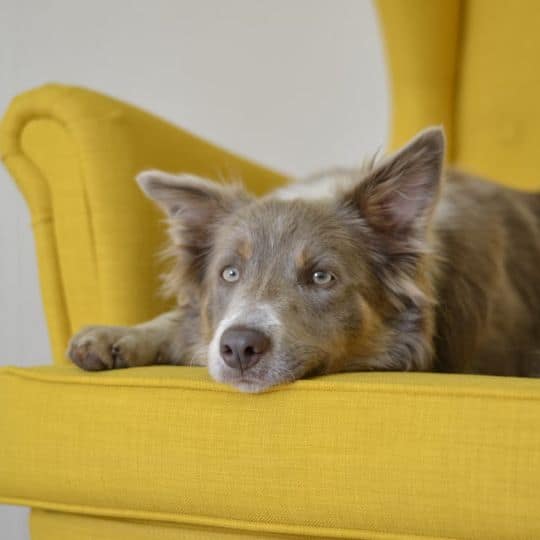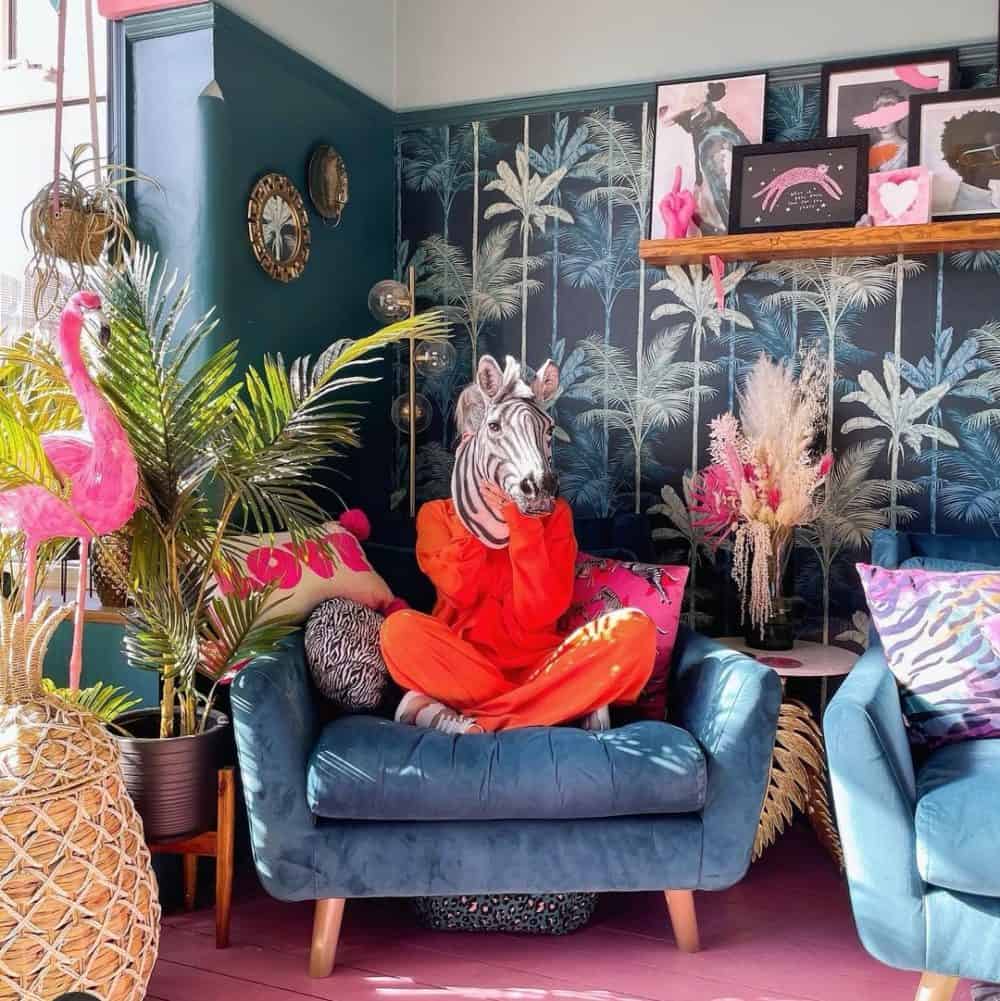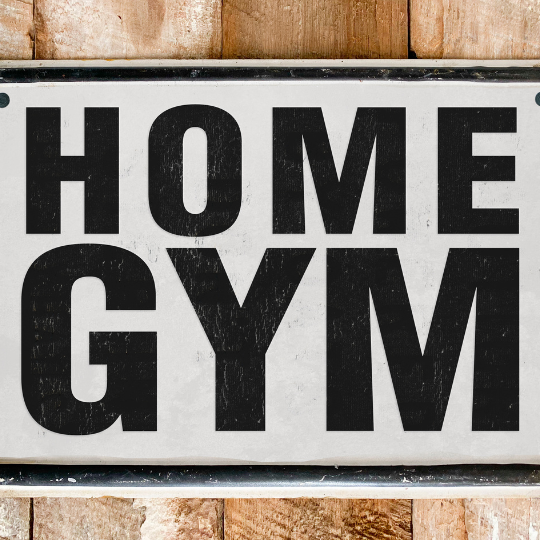
How to Prevent Damage to Your Home and Furnishings When Having a Dog
Table of Contents
As you might already know, bringing a furry friend into your home can be one of life’s greatest joys. They’re always going to be so happy to see you, love you unconditionally, and, of course, be just so silly! But like most other pets, dogs are messy. It can be tough having a clean home (especially if they’re not well-trained).
You’ll have to deal with accidents that can lead to gross odors, and your carpet, rugs, bedding, and furniture just won’t look good. The same goes for your walls too, especially for the terrortial dogs.
Sure, dogs provide companionship, loyalty, and endless love. But you need to keep in mind that they also come with their own set of challenges that can potentially damage your living space. By all means, you can still have a beautiful home, one free of pet odors and stains, while still having your sweet dog. There’s just going to have to be some effort put into all of this. So, with that said, here are some practical tips to help you prevent damage and maintain a harmonious environment for both you and your four-legged friend.
Invest in Proper Training
No matter what breed of dog you have, even a cute lab puppy, you’re still going to have to train them. Pretty much, if you don’t train your dog, then you can just expect that your house and furniture will eventually be destroyed. Like humans, dogs won’t learn until they’re taught. Seriously, this is one of the most effective ways to prevent damage in your home, probably the biggest one of them all, so be sure to do some proper training.
You can pretty much count on basic obedience commands such as sit, stay, and leave to help establish boundaries and teach your dog acceptable behavior. But what really helps (especially if this is the first dog you’ve ever owned) would be to consider enrolling your pup in a formal training class.
Better yet, you could even look into working with a professional trainer to address specific issues such as chewing, jumping, or housebreaking. Just keep in mind that consistency and positive reinforcement are key to successful training. Dogs are smart, but they have to be trained, and this is where most owners go wrong.
They Need Physical and Mental Stimulation
The last thing you want to deal with is a bored dog. Similar to a kid, a bored dog will find ways to entertain itself (and it could lead to trouble). A tired dog is less likely to engage in destructive behaviors out of boredom or excess energy. So make sure your dog gets plenty of exercise through daily walks, runs, or play sessions.
You have to do more than one a day, even twice a day, which is justn’t enough either. But it doesn’t end there because, as a dog owner, you also need to provide mental stimulation through interactive toys, puzzle feeders, and training exercises. It’s usually boredom that leads to a destroyed house and chewed-up furniture. Dogs won’t do any of this as long as they’re stimulated. That’s why engaging your dog’s mind and body will help keep them content and less inclined to resort to destructive habits.
You Might Need to Puppy-Proof Your Home
As you know, the home needs to be baby-proofed when it comes to babies because you just never know what they might get into. But it’s the same for puppies, too; after all, they are technically babies in dog form. They’re just as curious and adventurous as a human baby. So, before bringing a new dog into your home, take the time to puppy-proof your space.
It’s best to remove or secure any items that could be potentially harmful or tempting for your pup to chew on, such as electrical cords, shoes, and household chemicals. Consider using baby gates to restrict access to certain areas of your home until your dog learns the rules and boundaries.
Try to Create Designated Spaces
So, wouldn’t this be seen as restricting? Well, not really, and this can help to a degree. Creating a designated space for your dog can help prevent damage to other areas of your home. It just depends on how you go about it. Maybe when they’re puppies, you have a playpen or cozy crate for them, but this designated space can also just be a room where the dog can be.
For example, having a bed in the corner of the living room. However, having a place where your dog feels safe and secure can minimize the chances of them wandering off and getting into mischief. Make sure this space is equipped with toys, water, and comfortable bedding to keep your dog occupied and content.
Redirect that Behavior
It’s like with kids; you have to supervise them to make sure that they don’t develop bad behavior. But, of course, like kids, it’s not always possible to keep a constant eye on your dog. So, supervising them whenever they’re out and about in the house can help prevent accidents and damage. If you catch your dog in the act of chewing on something, they shouldn’t calmly redirect their attention to an appropriate toy or activity.
While sure, it might be hard to stay calm (especially if they’re doing major damage), you still need to. They don’t know better; they have to be taught. So that’s why consistent supervision and redirection will help reinforce good behavior and deter undesirable habits.
A Lot of Patience Goes into This
So, the first few months might be rough, so you have to keep in mind that there might be a chance that some of your furniture might get chewed up, some of your flooring might get stains, and maybe the same with your walls, too. In general, there might be damage at the beginning, and you just have to be realistic with yourself and expect it because it just might happen! This is why you have to stay patient; it will get super tiring super fast. But that’s okay as long as you have realistic expectations. It will get to the point where things get better, and it will get to the point where accidents are far more rare.



